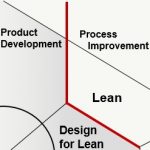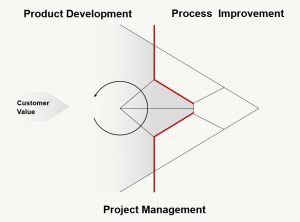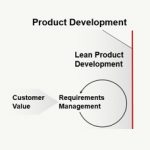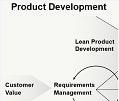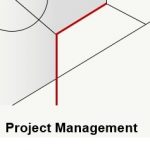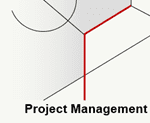
When it comes to ensuring a task or deliverable is accomplished, we often see the word “owner” used. Perhaps surprisingly, there really is no true ‘owner’ of anything in the context of program or project management.
We can begin explaining this with two adjectives: responsible and accountable.
